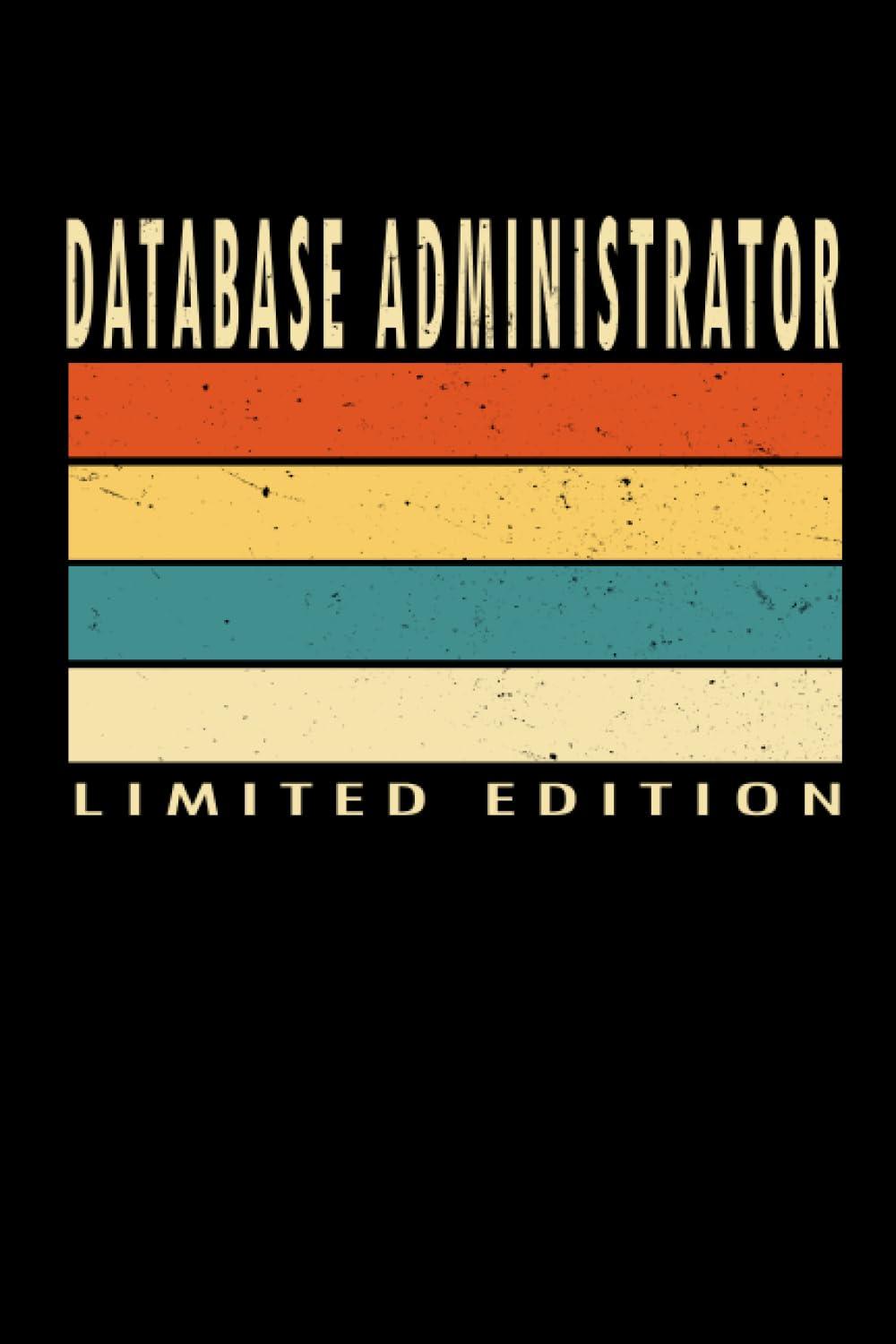Question
Fix the ArrayStack.java file so you add the required method declared in StackInterface, but not defined ArrayStack yet (so write the function definition), AND fix
Fix the ArrayStack.java file so you add the required method declared in StackInterface, but not defined ArrayStack yet (so write the function definition), AND fix the isEmpty() method. In the StackDriver file, where it says to "fill in for Ex. 2.1" put the correct code so an ArrayStack is instantiated, and also where it says "add code to print size of stack", put a System.out.println statement as it specifies Copy and paste the output to the end of the file, commented out. Also, answer the following questions (also at the end of the file):
1. Was the "UNABLE TO PUSH..." message displayed? If so, why?
2. What happens when you try to pop() from an empty stack?
// ArrayStack.java
import java.util.*;
/** A class of stacks whose entries are stored in an array. @author Frank M. Carrano @author Timothy M. Henry @version 4.0 UPDATED by C. Lee-Klawender */ public class ArrayStack
public ArrayStack() { this(DEFAULT_CAPACITY); } // end default constructor
public ArrayStack(int initialCapacity) { if(initialCapacity > MAX_CAPACITY) initialCapacity = MAX_CAPACITY; else if( initialCapacity < DEFAULT_CAPACITY ) initialCapacity = DEFAULT_CAPACITY;
// The cast is safe because the new array contains null entries @SuppressWarnings("unchecked") T[] tempStack = (T[])new Object[initialCapacity]; stack = tempStack; topIndex = -1; } // end constructor
public boolean push(T newEntry) { if( topIndex+1 < stack.length ) { stack[topIndex + 1] = newEntry; topIndex++; return true; } return false; } // end push
public T peek() { if (isEmpty()) // UPDATE FOR HW#1 return null; else return stack[topIndex]; } // end peek
public T pop() { if (isEmpty()) // UPDATE FOR HW#1 return null; else { T top = stack[topIndex]; stack[topIndex] = null; topIndex--; return top; } // end if } // end pop
// TWO MORE METHODS ARE REQUIRED HERE (PART OF EXERCISE 2.1)
} // end ArrayStack
//StackDriver
/** A driver that demonstrates the using an implementation of a Stack.
@author Frank M. Carrano @author Timothy M. Henry @version 4.0 UPDATED by C. Lee-Klawender */ public class StackDriver { public static void main(String[] args) { System.out.println("Create a stack: "); StackInterface
System.out.println("Results of testing the FIRST stack: "); testStackOperations(myStack);
// Code will be added for Ex. 2.2 here
System.out.println(" Done."); } // end main
public static void testStackOperations(StackInterface
System.out.println("isEmpty() returns " + myStack.isEmpty());
System.out.println(" Add to stack to get " + "Joe Jane Jill Jess Jim"); String [] strArray = {"Jim", "Jess", "Jill", "Jane", "Joe", "Jack"}; for( int i=0; i < strArray.length ; ++i ) { if( myStack.push( strArray[i] ) ) System.out.println("Pushed " + strArray[i] + " successfully"); else System.out.println("UNABLE TO PUSH " + strArray[i] ); }
System.out.println(" isEmpty() returns " + myStack.isEmpty());
// FOR LAB EXERCISE 2.1, ADD CODE HERE TO GET THE SIZE FROM THE Stack AND DISPLAY IT
System.out.println(" Testing peek and pop:"); while (!myStack.isEmpty()) { String top = myStack.peek(); System.out.println(" " + top + " is at the top of the stack.");
top = myStack.pop(); System.out.println(top + " is removed from the stack."); } // end while
System.out.print(" The stack should be empty: "); System.out.println("isEmpty() returns " + myStack.isEmpty()); System.out.println(" myStack.peek() returns "); System.out.println(myStack.peek()); System.out.println(" myStack.pop() returns "); System.out.println(myStack.pop());
System.out.println(" End of Stack Test "); } // end testStackOperations } // end Driver
Step by Step Solution
There are 3 Steps involved in it
Step: 1

Get Instant Access to Expert-Tailored Solutions
See step-by-step solutions with expert insights and AI powered tools for academic success
Step: 2

Step: 3

Ace Your Homework with AI
Get the answers you need in no time with our AI-driven, step-by-step assistance
Get Started


